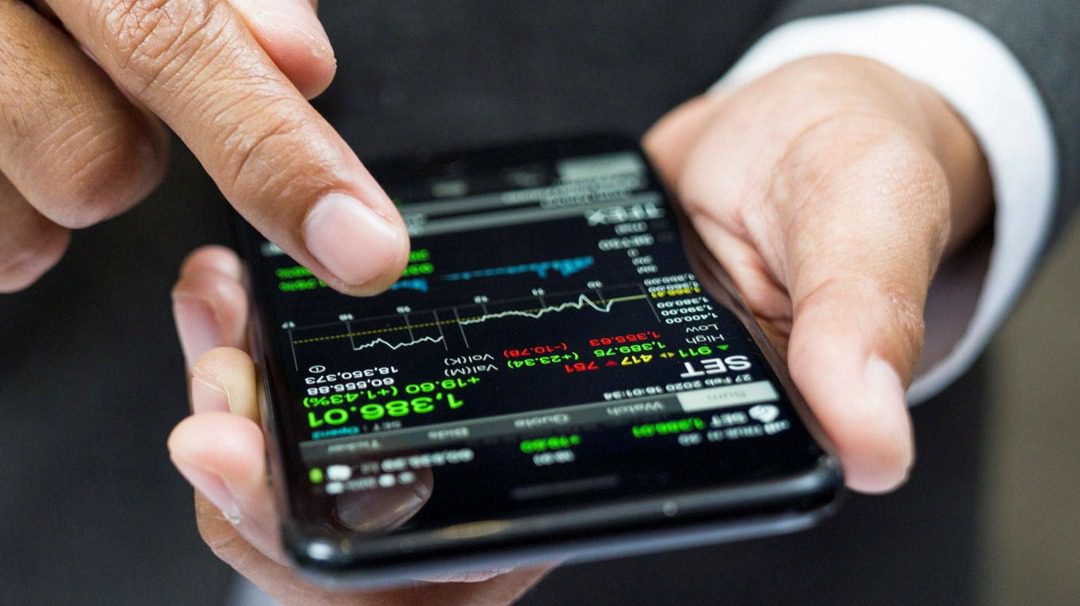
NFC and mobile payments
ASREBANK.IR: One day, we’ll all be paying for things with our phones, and NFC is the ticket to that future. In light of the many recent credit card data breaches, now is an especially good time to present a solution that finally shields our wallets from theft and fraud.
mobile payment
Many retailers — including Target, Macys, and Walgreens — already have NFC-based contactless pay terminals in place, making the transition to mobile payments easy. Phones compatible with Google Wallet can currently use these terminals, as can Apple’s iPhone 6 and 6 Plus.
The biggest concern around NFC payments is security, but the mobile payment structure is so complex, any hacking or intercepting would be very difficult. To understand why, here’s how it works.
After launching the payment application on your phone, the phone is tapped on the credit card terminal and a connection is made using NFC. At this point, you may be asked to scan your finger or enter a passcode to approve the transaction. The transaction is then validated with a separate chip called the secure element (SE), which relays that authorization back to the NFC modem. From there, the payment finishes processing the same way it would in a traditional credit card swipe transaction.
In the real world, there are a essentially two ways this works.
Two-way communication: This involves two devices that can both read and write to each other. For example, using NFC, you can touch two Android devices together to transfer data like contacts, links, or photos.
One-way communication: Here, a powered device (like a phone, credit card reader, or commuter card terminal) reads and writes to an NFC chip. So, when you tap your commuter card on the terminal, the NFC-powered terminal subtracts money from the balance written to the card.
It’s all about power
If you’re thinking, “Bluetooth can do these things, too.”, you’re right. However, even compared to Bluetooth LE, NFC uses significantly less power. This is crucial when you consider that phones may one day replace wallets, and battery life will be more important than ever.
Not to mention, pairing two Bluetooth devices can be a major headache. Make device discoverable…search for the device…enter passcode…forget about it.
In fact, NFC can work directly with Bluetooth. For instance, instead of going through this process to pair your phone with Bluetooth speakers, you can simply tap the phone to a speaker, let the devices use NFC to exchange the pairing data, and you’re set.
Why NFC-based payments are secure
Three years after Wallet’s launch, Apple entered the game with its own mobile payment solution, Apple Pay. Building upon Passbook (the Apple app that digitizes things like concert tickets and boarding passes) and combined with Apple’s Touch ID fingerprint scanner, Apple presented a payment solution that might finally make this technology go mainstream.
The most important step in the mobile payment transaction is the secure element, which holds all the authorization power. Whether it’s a chip in the phone, or functions virtually in the cloud, the secure element is tamper-proof and protected by a unique digital signature. As explained by Michael Armentrout of Infineon, which manufactures secure element chips, the architecture of the secure element is designed to be hardened against attacks on the phone.
“That includes software attacks but also hardware-based attacks where someone got your phone or SIM card, it would be extremely difficult to obtain info off of that because it’s a chip that is designed to have security mechanisms that go well beyond a normal processor.
“
Apple’s approach to the secure element is a physical chip, which is only available in the iPhone 6 and 6 Plus. Each time a user initiates a transaction, the SE assists in generating a random, one-time use code in lieu of transmitting the user’s debit or credit card number.
Other ways to use NFC
If you own an NFC-compatible phone or tablet, there are a few practical ways it can be used — and not just for mobile payments

